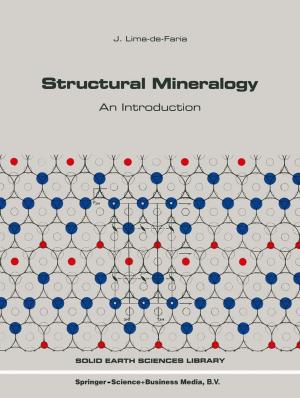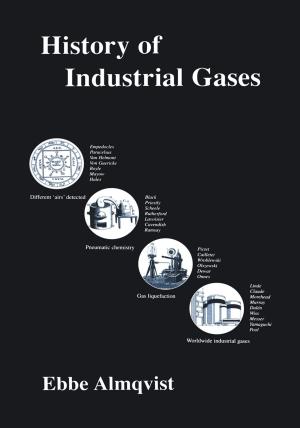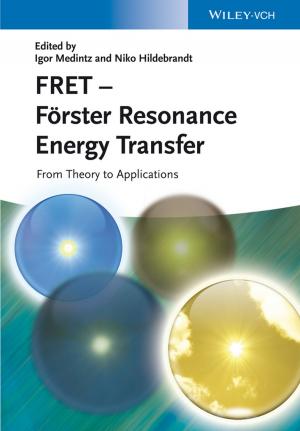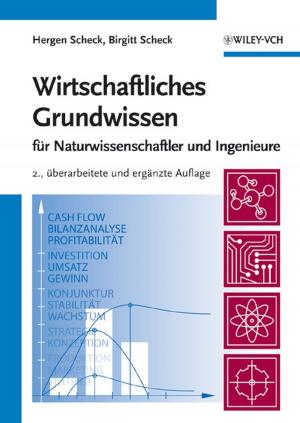| Author: | Neale R Neelameggham | ISBN: | 9781370971022 |
| Publisher: | Neale R Neelameggham | Publication: | November 5, 2018 |
| Imprint: | Smashwords Edition | Language: | English |
| Author: | Neale R Neelameggham |
| ISBN: | 9781370971022 |
| Publisher: | Neale R Neelameggham |
| Publication: | November 5, 2018 |
| Imprint: | Smashwords Edition |
| Language: | English |
We have shown that Global Warming is only proportional to Population. Population increase and thus continued warming is inevitable we should be able to adapt and grow rich with it. COP24 side event for now.
The present studies started with the question, why is it that more carbon dioxide - CO2 from anthropogenic uses is increasingly returning to earth along with the increasing use of the fossil fuels. It is known that CO2 is non-condensible at atmospheric temperatures. During the past five decades, about 44% of the anthropogenic CO2 has been returning to earth each year, irrespective of the increasing amounts emitted. This 44% is distributed as 25.6 % to terrestrial sink and 18.4% to ocean sink. This compares with the return of only 25 to 27% of man made CO2 during 4 decades earlier when G.S. Callendar made his observations in 1938.
Our computations show that this is due to the ecological stoichiometry of C to N ratio that is feasible to increase the bio-population; this is facilitated by the nitrogen content of the fossil fuels as well as the reactive NO created in combustion reactions along with the man made nitrogen compounds such as ammonia. We show thermo-chemical reasons as to how fossil fuel combustion creates active nitrogen from air nitrogen, in addition to fuel nitrogen being released as reactive nitrogen. This meets the nitrogen component requirement of photosynthesis leading to plant matter.
We also provide a premise for a possible route which provides the phosphorus portion required for the photosynthetic CO2 and H2O arising from combustion of life or dead life called fuel. The burial type death of life can lead to coal formation, if allowed beyond intermediate reactions into other forms of life during composting or decomposition. If the after death decomposition of plant and other life forms are allowed to continue, coal formation will eventually occur. This will continue the reincarnation and resurrection of Energy.
We have shown that Global Warming is only proportional to Population. Population increase and thus continued warming is inevitable we should be able to adapt and grow rich with it. COP24 side event for now.
The present studies started with the question, why is it that more carbon dioxide - CO2 from anthropogenic uses is increasingly returning to earth along with the increasing use of the fossil fuels. It is known that CO2 is non-condensible at atmospheric temperatures. During the past five decades, about 44% of the anthropogenic CO2 has been returning to earth each year, irrespective of the increasing amounts emitted. This 44% is distributed as 25.6 % to terrestrial sink and 18.4% to ocean sink. This compares with the return of only 25 to 27% of man made CO2 during 4 decades earlier when G.S. Callendar made his observations in 1938.
Our computations show that this is due to the ecological stoichiometry of C to N ratio that is feasible to increase the bio-population; this is facilitated by the nitrogen content of the fossil fuels as well as the reactive NO created in combustion reactions along with the man made nitrogen compounds such as ammonia. We show thermo-chemical reasons as to how fossil fuel combustion creates active nitrogen from air nitrogen, in addition to fuel nitrogen being released as reactive nitrogen. This meets the nitrogen component requirement of photosynthesis leading to plant matter.
We also provide a premise for a possible route which provides the phosphorus portion required for the photosynthetic CO2 and H2O arising from combustion of life or dead life called fuel. The burial type death of life can lead to coal formation, if allowed beyond intermediate reactions into other forms of life during composting or decomposition. If the after death decomposition of plant and other life forms are allowed to continue, coal formation will eventually occur. This will continue the reincarnation and resurrection of Energy.















